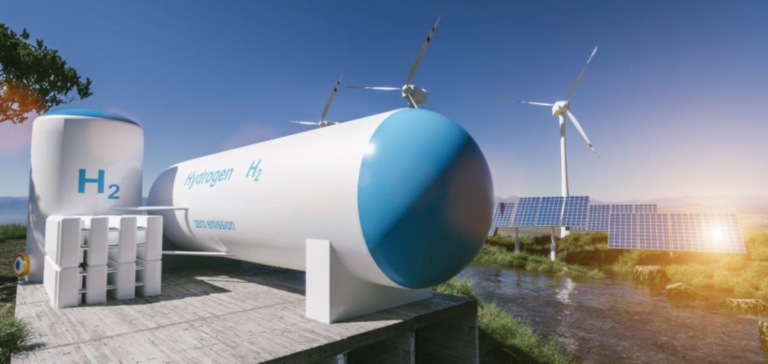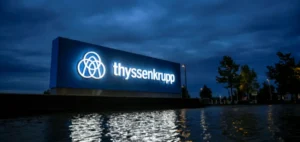The era of renewable energy is gathering pace with the Dominican Republic’s entry into the green hydrogen race. Italian company EN.IT is positioning itself as a key player in this energy transition, by initiating a 350MW renewable hydrogen project. Moreover, powered by wind and solar energy, this project illustrates the country’s commitment to a cleaner energy future.
The Economic Challenges of Local Green Hydrogen Production
With notable achievements in Italy and Brazil, EN.IT is extending its renewable energy expertise to the Dominican Republic. Studies carried out by the German Agency for International Cooperation (GIZ) and the National Council for Climate Change and Clean Development Mechanism (CNCCMDL) have explored the economic feasibility of local green hydrogen production. Estimated production costs per kilogram range from $4.35 to just over $12, influenced by factors such as renewable energy prices and power plant efficiency.
EN.IT’s Strategic Commitment to the Renewable Energy Sector
EN.IT’s involvement underlines the global importance of green hydrogen as a clean energy source. However, collaborative efforts between EN.IT, the Ministry of Energy and Mines, and GIZ, are contributing to the development of a National Strategy for Renewable Hydrogen, guiding the country’s entry into this sector.
Future Perspectives: Green Hydrogen and its Impact on the Global Economy
Mattia D’Amato, Managing Director of EN.IT SpA, says:
“Our objective remains unchanged. The opportunities offered by hydrogen production technologies are immense. With continued progress in renewable energy research, tightening regulations and increased investment, we can expect these technologies to gain prominence in the near future. Green hydrogen is poised to become one of the most valuable sources of renewable energy over the next 30 years. Seizing its potential now is the first step in laying the foundations for a global green economy.”
Towards a Green Economy: The Impact of the EN.IT Project on Sustainable Development
EN.IT’s participation highlights the country’s commitment to diversifying its energy mix and reducing its dependence on fossil fuels. The renewable hydrogen project in La Romana aims to produce an estimated 46,000 t/year, and will target exports, according to EN.IT. The company expects to reach a final investment decision (FID) on the project in 2026, and to start commercial operations towards the end of 2028.
D’Amato adds:
“It’s a wonderful country, rich in natural resources. The current project is just a glimpse of the potential it has to offer. Let’s hope that the economic and social boom resulting from this transformation will have a ripple effect in other parts of the world where the commitment to renewable energy is not as developed as it should be.”
The Dominican Republic takes a decisive step towards a sustainable energy future with the launch of its green hydrogen project. Indeed, this project, led by EN.IT, symbolizes a major step forward in reducing dependence on fossil fuels and promoting renewable energies. Through this initiative, the country is establishing itself as a major player in the global green energy revolution, laying the foundations for a global green economy.






















